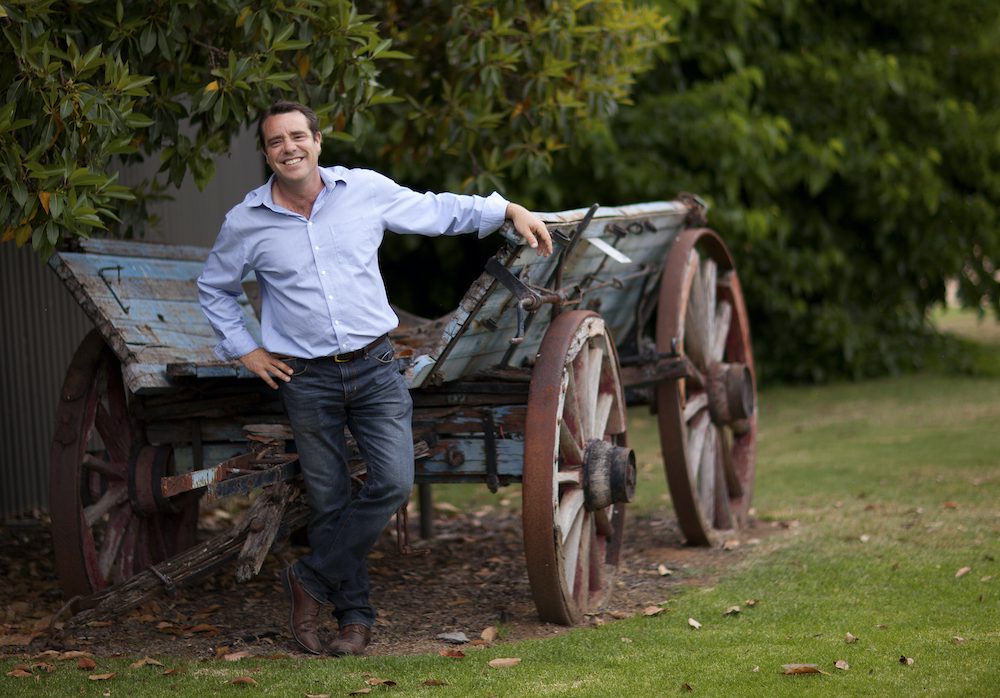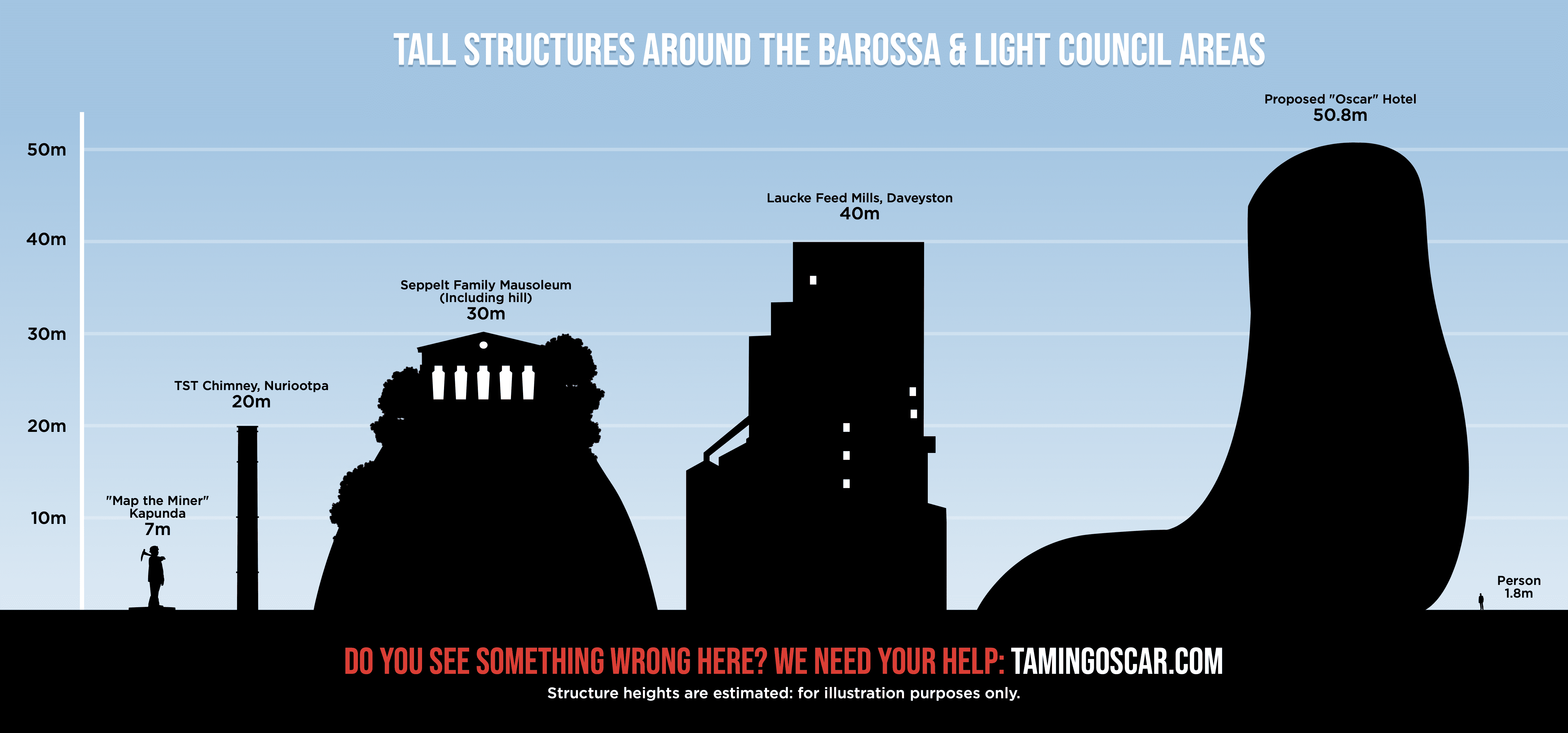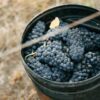
Planned 12-storey hotel Oscar Seppeltsfield is drawing strong opposition from the local community. This is an open letter to WBM by Seppeltsfield vigneron James Lindner.
Dear WBM
The secret’s out! The secret of the Barossa’s success that is.
The Barossa has brought the community together over the years. It began with Pastor Kavel, who encouraged Lutheran migrants to start a new life in a place named “Barossa” by Colonel William Light. Johan Menge suggested to George Fife Angas that the Barossa should become the very kernel of the South Australian Company’s lands. Lands that would help grow the prosperity of South Australia. Quite the visionary!
This success is demonstrated by a community that genuinely cares about it being a place where people want to live.
We have made it such a beautiful place to live that it continues to inspire new and likeminded people to flock to the region.
The Barossa’s mantra is “Leave the region better for the next generation” – community first and community-minded. Something ingrained in the fabric of the Barossa. Starting with our migrant past, our forebears, our religious freedom and our strength in one another.
Seppeltsfield was established in the Barossa in 1851 by the visionary Seppelt family. The estate was founded on the belief in the importance of providing a whole community with work, purpose and tenure for life. Over time, their stories grew, and to me, they were amongst the first Barossans to inspire a community-first approach.
The famous drive into the village is lined by palm trees (probably the most photographed road in any Australian wine region) which were planted during the depression to keep their workers employed. During tough times, the Seppelts would roster families weekly to distribute money more equitably throughout the population and once a week they would cook a large ox for their employees so they would not go hungry.
Inspirational stuff.
Ray Beckwith embraced Beefsteak and Burgundy clubs, where he enjoyed the company of similar people who shared information which helped accelerate scientific knowledge and benefitted the wider winemaking community.
Ladies like Loral Hoffmann and Mrs Helen Hill-Smith helped with fundraisers to build local hospitals in Tanunda and Angaston.
Colin Gramp and Loral Hoffmann amongst many others volunteered their time over the last 70 years, to bring people together to celebrate and give thanks for the harvest through the Vintage Festival. The event became another fundraising arm for the region which helped fund the Barossa’s first wine and tourism association, Barossa Wine and Tourism.
People like Peter Lehmann who gambled everything to save his fellow grape growers in the 1970s when he was instructed by his corporate paymasters not to honour their contracts. He encouraged and inspired local wineries to treat their growers as an extension of their family, not just as suppliers.
Other initiatives include the establishment of Barons of Barossa. A philanthropic organisation, whose focus has remained unchanged since its foundation. It continues to proudly and enthusiastically support Barossa wine, viticulture, gastronomy, heritage and the arts.

Robert O’Callaghan, James Wark and other prominent Barossans united to form the Barossa Region Residents’ Association during the infamous vine pull era. Their goal was to stop developer-led housing on the valley floor. They had to convince six councils and the State Government to allow the Barossa community to lead a plan to return the region to prosperity. This plan sought to reduce the number of councils from six to two to facilitate cohesive planning, ensuring there would be one plan throughout the Barossa.
Their plan also protected the Barossa Range Hills Face Zone from housing development and restricted it to within town boundaries. This foresight ensured towns could still grow while preserving viticulture, broadacre farming land and natural bushlands for future generations of Barossans and visitors.
The 2012 Barossa Valley and McLaren Vale Character Preservation Acts led by Minister Leon Bignell and Deputy Premier John Rau created laws to protect the unique character of the Barossa and McLaren Vale. These acts ensured that the land continues to be used for its historical purpose – that is producing globally recognised gourmet food and wine.
It is this combination which has set precedents around appropriate development that enhance and work within the natural landscapes. Examples include Barossa Valley Estate, the Barossa Cellar and the latest international arrival, Alkina Wine. The community has enthusiastically supported the rebirth of Seppeltsfield as a thriving artistic, food, wine and tourism destination. There are many other examples in the Barossa where more than 170 wineries invest in the community and the region’s authenticity.
It’s when the community comes first, and history has proven when there is healthy and proper community consultation that it’s the community that helps to strengthen the region. It’s the community that ensures it’s a great place to live and raise a family. It’s the community that forms a connection with the landscape and with each other: heritage, authenticity, community and natural beauty.
It is why you can learn to grow grapes and make wine at Barossa high schools, or sign up for vocational training in agricultural businesses, including broadacre farming, livestock and viticulture.
It’s the long game; it’s investing in the next generation and teaching them to develop their understanding about how they want to shape their community, their landscape, their Barossa/ Time and again, this has delivered prosperity to the region.
It’s because the Barossa works together. It’s because we have a genuine food and wine culture. It’s because we have a well-travelled yet rural population. It’s because we have a community of likeminded and well-informed people who inspire not only Australian wine regions but the world’s wine regions. It’s because the Barossa is our home, the place we want to live, the area that will inspire future generations.
We must ensure both sides have the opportunity to present their case to the people of the region; we need transparency. We know well-considered and appropriate design and development can have a unifying and empowering effect on the whole community. The Barossa Cellar is an excellent example of a community-led initiative, and the building reflects everything that the region has become.
The Barossa has an old soul; it has a natural appeal to everyone that comes here to escape their city life. It offers visitors a chance to live the dream if only for a day, a week or a month. It is what brings people back, a connection to the community, something in short supply in today’s world.
James Halliday calls Seppeltsfield, “The most historic winery and greatest showpiece in the Barossa Valley.”
So why is there a group of residents concerned about the 12-storey O Scar hotel? A group of people who call the Barossa their home. People who are not anti-development. People who want the accumulated knowledge of the last 180 years to challenge developers and investors to be world-class, to highlight the landscape, its natural beauty and our heritage. The very things that cannot be replicated elsewhere and enhance the region as the perfect place for the community first and foremost.
What does prosperity look like?
What’s the secret, what makes us different, what makes Barossa? It’s the community first. “Let’s leave the region better for the next generation.”
– James Lindner, vigneron, Seppeltsfield













Recent Comments